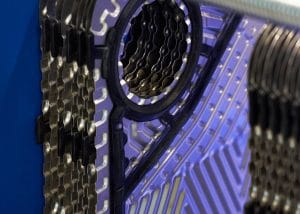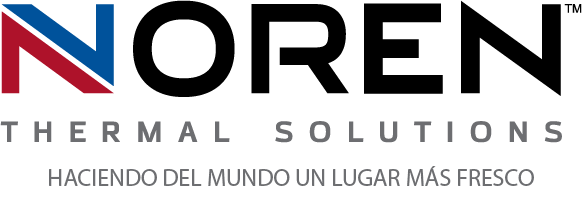 In most industries today, companies have spent the last several years seeking more innovative ways to make their operations greener and more eco-friendly. In many ways, lowering a company’s environmental footprint has become as important as boosting productivity and efficiency. Because electrical thermal management has traditionally been an area where high energy consumption and costs were necessary, it’s also been one of the most significant areas where companies have focused their greener business efforts. With the help of modern heat exchangers, making thermal management a greener process has largely been highly successful.
In most industries today, companies have spent the last several years seeking more innovative ways to make their operations greener and more eco-friendly. In many ways, lowering a company’s environmental footprint has become as important as boosting productivity and efficiency. Because electrical thermal management has traditionally been an area where high energy consumption and costs were necessary, it’s also been one of the most significant areas where companies have focused their greener business efforts. With the help of modern heat exchangers, making thermal management a greener process has largely been highly successful.
The rise of greener business operations
It’s become undeniable that, in nearly every modern industry, both consumer demand and industry regulations make it necessary for companies to invest more in environmentally friendly processes. This has taken many different forms, from transforming office and warehouse practices to be more eco-friendly, to implementing entirely new technologies and processes designed specifically to reduce negative impacts on the environment. To apply the same principles to their electrical thermal management processes, more companies have turned to the use of advanced heat exchangers. Compared to more conventional air conditioners and similar electrical cooling methods, heat exchangers can dramatically reduce energy consumption, eliminate the risks of harmful chemical releases, and help make greener business operations more efficient to maintain.
Heat exchangers and enhanced thermal management
Reducing energy consumption has always been an important focus of greener business operations, but in thermal management, it’s about more than just eco-friendliness. As more companies have relied on technology to improve their overall operations, the need for efficient thermal management solutions has grown more prominent. Relying on older forms of cooling, which often require complex mechanical equipment to generate chilled air, has been a hindrance to the implementation of more advanced technologies. However, with their ability to utilize more streamlined heat transfer techniques, heat exchangers helped make technological advancement more effective, even before the push for greener electrical cooling became dominant.
Optimizing green energy investments
The core of heat exchangers’ eco-friendly capabilities lies in the methods they utilize to prevent electrical overheating. These can include natural/forced convection, conduction, and/or phase-change cooling, all of which involve the transfer of electrical waste in rapid, continuous motion. In addition to utilizing much less energy than traditional thermal management methods, this has also made it easier for companies to utilize heat exchangers to streamline and optimize other green energy investments, such as solar energy and wastewater treatment processes. For more information about the use of heat exchangers for greener electrical cooling, call Noren Thermal Solutions in Taylor, TX, at 866-936-6736.







